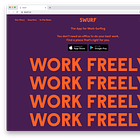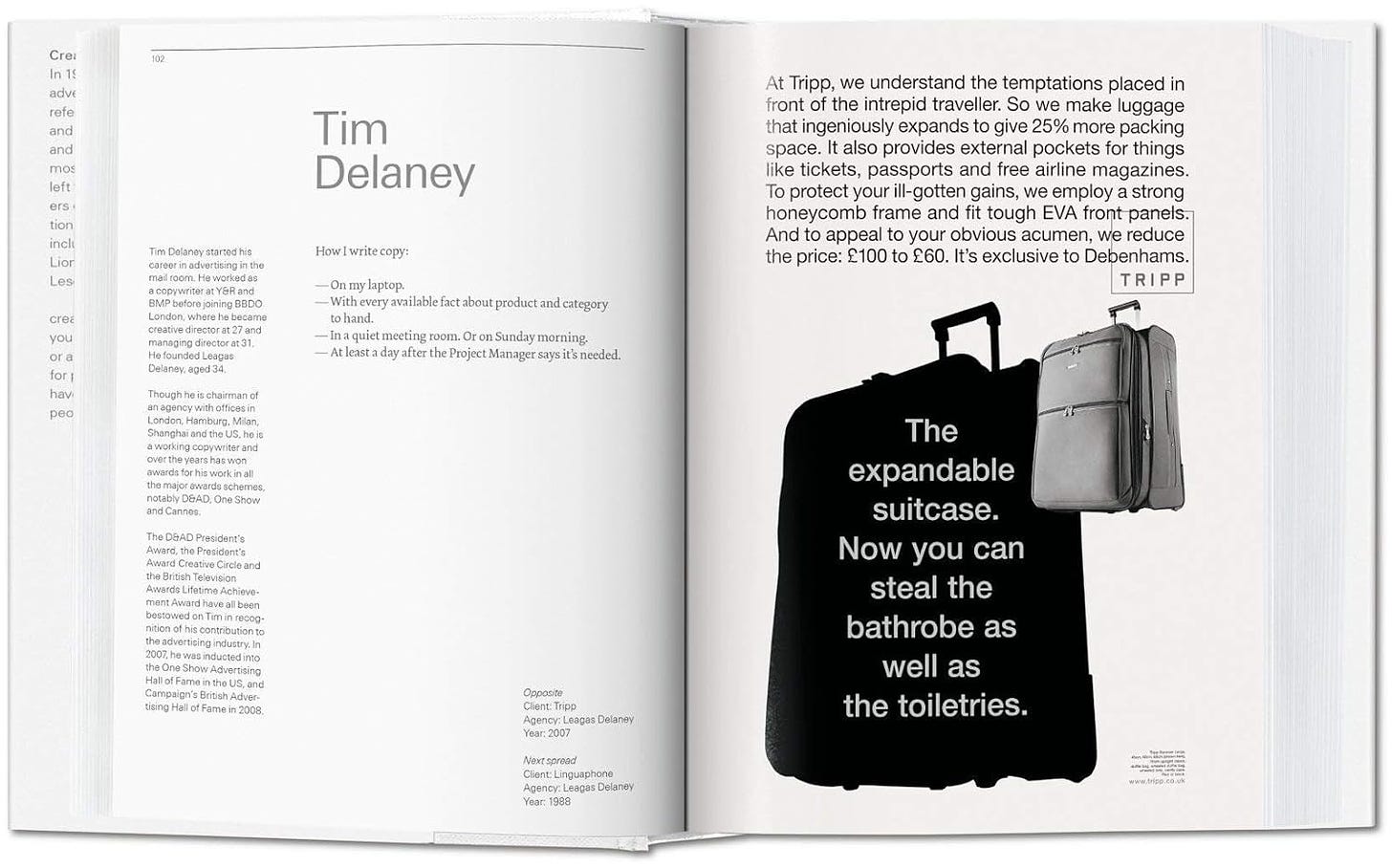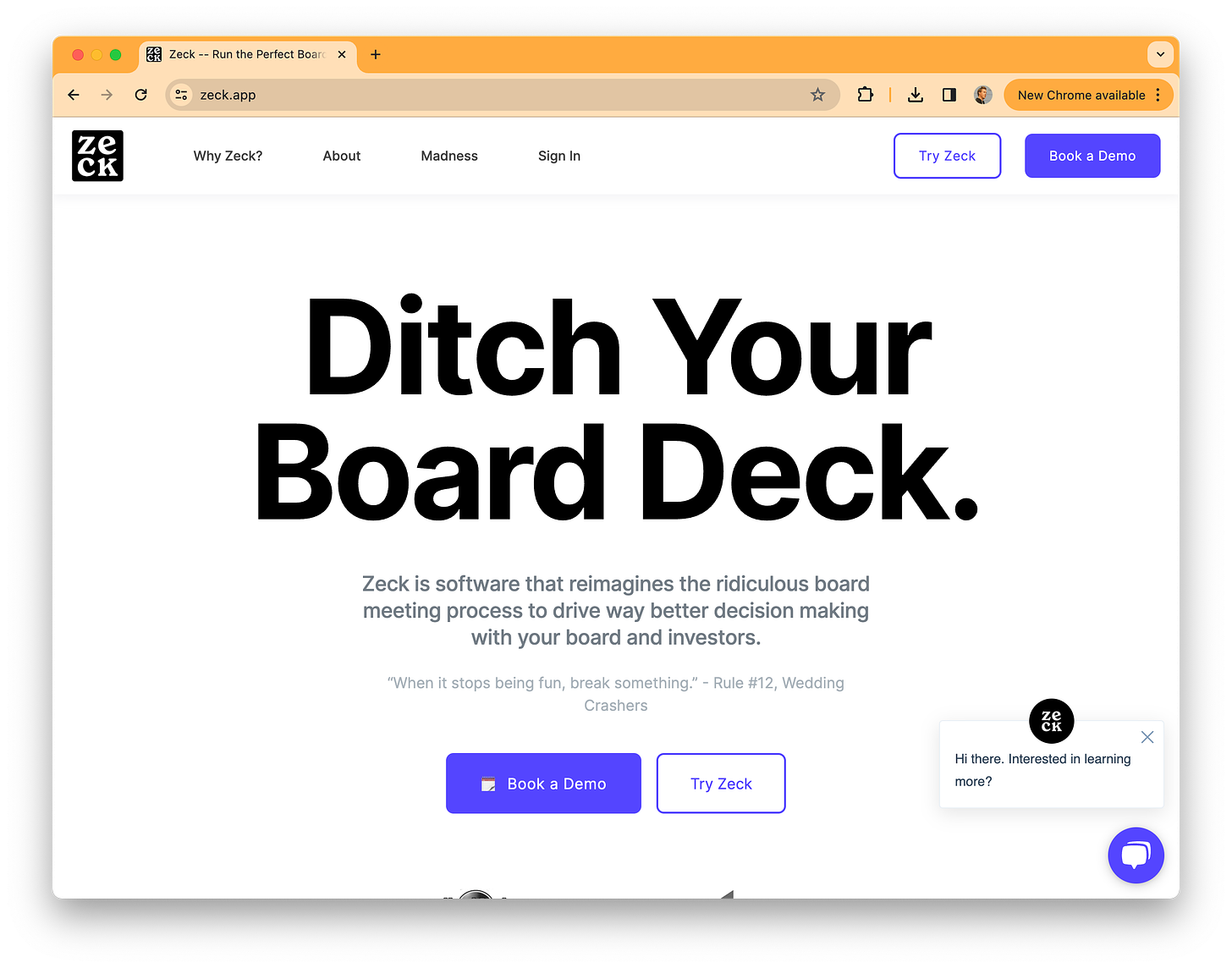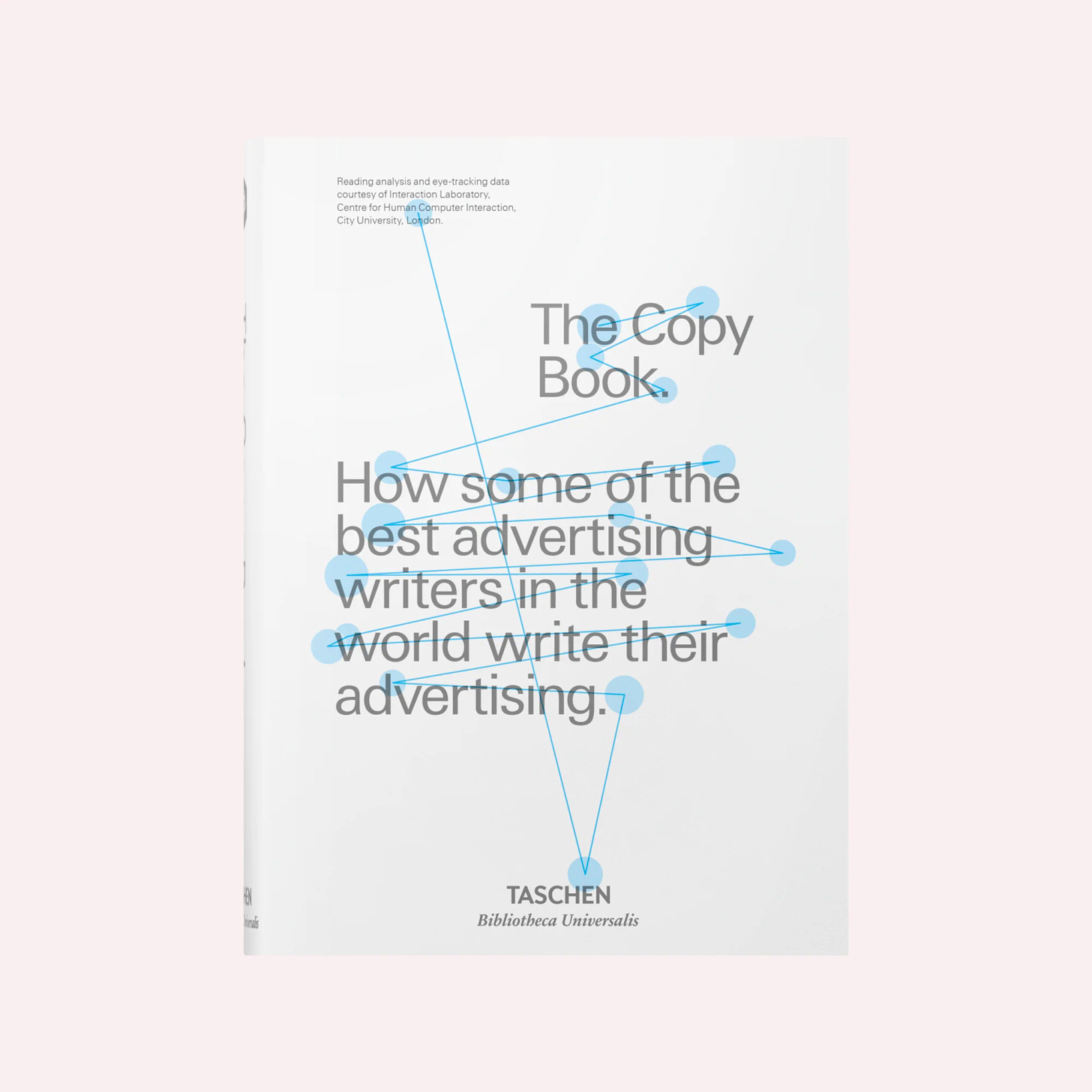Hellooo 👋 So happy to have you here. I’m Kevan. I have spent 15+ years as a head of marketing for some cool tech startups. Now I’ve co-founded a brand storytelling business called Bonfire. We do coaching, advisory, and content. If you identify with creativity and marketing, we’d love for you to join us.
The Art of Copywriting Meets the Aim of Conversion
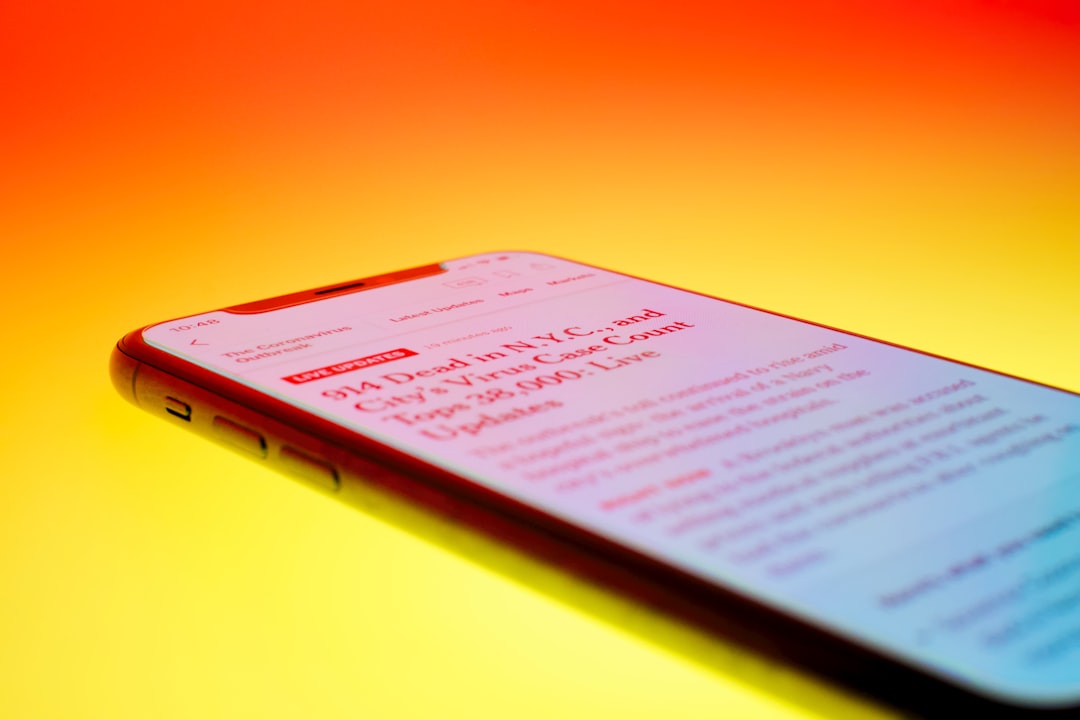
Walking through the bookstore this weekend, I spotted a coffee table book about copywriting, which was maybe the most glamorous thing my little writing mind could have fathomed. Imagine, a whole pretty book dedicated to the art of copy.
I was struck by the examples inside and also by the review on the back cover:
“The Copy Book convinced me that everyone in business should study the art of copywriting.”
I am equally convinced.
Also this weekend, I started reading Kristi Coulter’s Exit Interview, a memoir about Kristi’s time as an Amazon executive whose many job titles included Principal Writer. And, despite her obvious skill with words, across her decades-plus career it was evident that Amazon was unconvinced by the art of copywriting.
Notably, this is not my first time observing the divide between people thinking that copywriting is essential to a business and people thinking copywriting is some words that take just a minute to write. When I was writing content at Buffer, one of my longest articles and largest labors of love was a compendium of copywriting techniques. It was one of the worst-performing blog posts I ever wrote.
Nevertheless, I remain as bullish as ever on the power of copywriting, particularly in the context of storytelling. I’ve written a couple times about great websites I love, and one thing they almost all have in common: I want to spend more time with them.
To bridge the divide between copywriting’s true believers (me) and their less-than-enthusiastic peers (honestly, a lot of folks in leadership), I’ve found that the crux of the conversation is around conversion.
If copy helps things convert better, then everyone should be a fan, right?
Maybe it’s that we have the words wrong.
What conversion copywriting doesn’t mean
I’ve been asked for a lot of strange copy requests over the years, from writing a homepage headline mere moments before a homepage goes live to spending hours in a Zoom meeting trying to live-workshop a tagline with ten people (very few of whom are actual writing professionals). These asks often happen because not everyone is on the same page with what good copywriting looks like.
If we can agree that one of the roles of copywriting is to improve conversion (more on this below), then how we choose to get there is also worth aligning on.
Conversion copywriting is not:
A quest for THE magic phrase that will resonate with every single reader, visitor, customer. This would take forever to arrive at and is ultimately impossible
A rote restating of your company’s internal product positioning or mission statement. These statements belong internally for a reason; they mostly make sense to insiders.
A list of product features. (Always write about benefits before features.)
One of the biggest reasons why leadership undervalues copywriting is because they think it’s as easy as listing the features or plastering the category name everywhere. Part of a marketing leader’s role is to teach people that this is not the case.
Here’s how to reframe the role of copy.
The healthiest balance of copywriting and conversion
Copywriting is an art, yes, but there are plenty of writing formulas and frameworks that great copywriters use to awesome effect. One of the first things a copywriter is likely to ask is, “What is the job of this copy?” be it for a homepage, an email, a social post, etc.
At the risk of oversimplifying things, I believe copy’s goal boils down to this:
All copy is designed to elicit a reaction.
In broad terms, you may call this reaction a conversion — a click to the next page, a checkout action, a moment of delight, an unconscious bias toward a brand. Take this example from The Copy Book, which sells you on the product and makes you like the brand just a little more, too:
Even in print, where you can’t measure the number of clicks and the percentage points of funnels, the copy is still designed to elicit a reaction, converting the reader from one state to another.
In that sense, copy is always about conversion.
One problem, however is that conversion makes people think about signups. Signups will be an eventual state of good copywriting, but taken as a whole, copywriting is intended to build a universe and story around your brand and to keep people wanting to learn more.
For example, take the board meeting software product Zeck. They do some of the traditional SaaS copywriting stuff you’d expect — clear headline and subhead that grab attention and explain the product. They also have a movie quote right after the subhead. Their About page is a timeline of company history that goes back to BCE. It is unusual and bizarre and might make you feel more connected to their story than if they had simply kept the copy neutral and safe.
If we’re going to be talking about conversion copywriting, then we need to expand our definition of conversion.
It can’t simply be about signups. It must be about storytelling, about intrigue, about authenticity. It must be about the reader’s experience.
You can see this conversion / copywriting balance even in the book cover of The Copy Book. The blue dots and lines connecting the various words are data from eye-tracking research to see what people read and in what order. The best conversion copywriting understands how it fits in the user’s experience of a website, a book cover, an email, etc.
And ultimately, that’s probably the better word for it: Experience. Conversion copywriting makes us take everything down to the spreadsheet level, but truly great copywriting is much more about the experience. We write to welcome people in. We write to tell better stories. And in creating these experiences, we make our products and our brands into places that people want to hang out and learn more.
This is, ultimately, conversion of a sort.
About this newsletter …
Hi, I’m Kevan, a marketing exec based in Boise, Idaho, who specializes in startup marketing and brand-building. I previously built brands at Oyster, Buffer, and Vox. Now I am cofounder at Bonfire, a brand storytelling company.
Each week on this substack, I share playbooks, case studies, stories, and links from inside the startup marketing world. Not yet subscribed? No worries. You can check out the archive, or sign up below:
Thank you for being here! 🙇♂️
I’m lucky to count folks from great brands like these (and many more) as part of this newsletter community.


